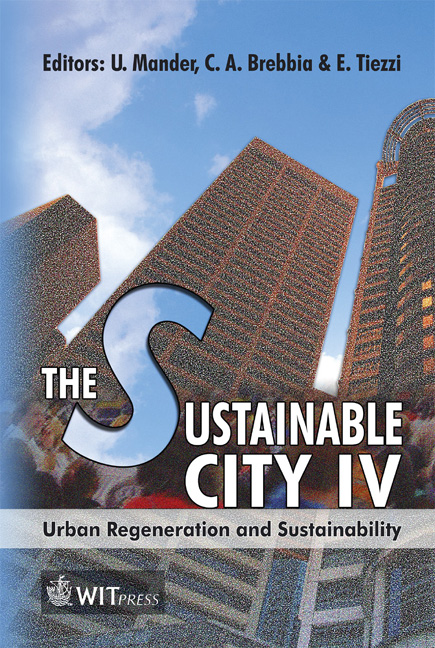Pedestrian Safety At Urban Crossings In Estonia
Price
Free (open access)
Transaction
Volume
93
Pages
10
Published
2006
Size
352 kb
Paper DOI
10.2495/SC060761
Copyright
WIT Press
Author(s)
D. Antov, T. Rõivas, H. Rõuk & Ü. Mander
Abstract
Road accidents and their consequences are a significant social problem. This topic can also be considered to be one of the indicators of the sustainable development of urban systems. More than 10,000 pedestrians and cyclists are killed every year in EU countries, representing more than 20% of all road deaths. The small proportion of pedestrian and cyclist casualties that occur in rural areas are relatively severe and should not be forgotten, but this review is concerned with the majority, which occur in urban areas. Pedestrian safety is also one of the most serious problems in Estonian traffic, especially in urban areas. If one compares Estonia’s figures with those of neighbouring Finland, pedestrian road traffic risk in Estonia is 2-4 times higher, for some reason. It is important to note that a number of road accidents occur at or near non-signalized pedestrian crossings. It is a well documented fact that the road traffic risk of pedestrian fatality or injury is related to drivers’ behavioural aspects, such as speed choice when approaching the crossing, and a driver’s willingness to yield to pedestrians at non-signalized crossings. The paper gives an overview of the survey of drivers’ behaviour, in which drivers’ attitudes to giving way to pedestrians were studied. Vehicle speed in the vicinity of zebra crossings was measured using the in-flow moving method and GPS receivers installed in vehicles. Keywords: drivers’ behaviour, pedestrian crossing, road safety, speed. 1 Introduction Road accidents and their consequences are a significant social problem. At the same time, this topic can be considered to be one of the indicators of the sustainable development of urban systems. More than 10,000 pedestrians and
Keywords
drivers’ behaviour, pedestrian crossing, road safety, speed.





